
The 1876 United States presidential election was the 23rd quadrennial presidential election, held on Tuesday, November 7, 1876, in which Republican nominee Rutherford B. Hayes faced Democrat Samuel J. Tilden. It was one of the most contentious presidential elections in American history. Its resolution involved negotiations between the Republicans and Democrats, resulting in the Compromise of 1877, and on March 2, 1877, the counting of electoral votes by the House and Senate occurred, confirming Hayes as President. It was the second of five U.S. presidential elections in which the winner did not win a plurality of the national popular vote.
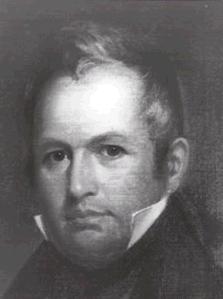
Joseph Ritner was the eighth governor of Pennsylvania, and was a member of the Anti-Masonic Party. Elected governor during the 1835 Pennsylvania gubernatorial election, he served from 1835 to 1839.
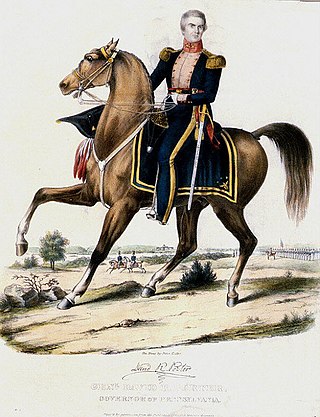
David Rittenhouse Porter was the ninth governor of Pennsylvania. Voted into office during the controversial 1838 Pennsylvania gubernatorial election, which was characterized by intense anti-Masonic and anti-abolitionist rhetoric during and after the contest that sparked the post-election Buckshot War, he served as the state's chief executive officer from 1839 to 1845.

William Fisher Packer was an American politician from Pennsylvania who served as the 14th governor of Pennsylvania from 1858 to 1861.

John Frederick Hartranft was an American military officer who read the death warrant to the individuals who were executed on July 7, 1865, for conspiring to assassinate American President Abraham Lincoln. Previously having achieved the rank of major general of the Union Army during the American Civil War, he had also been awarded the U.S. Medal of Honor for his actions in the First Battle of Bull Run.
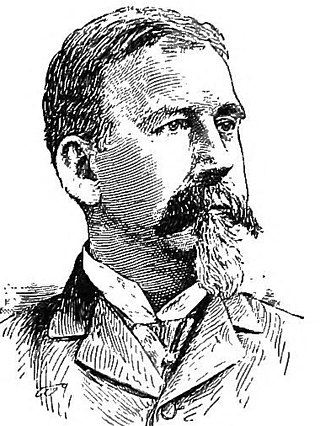
Daniel Hartman Hastings was the 21st governor of Pennsylvania, serving from 1895 to 1899.

Harris Merrill Plaisted was an attorney, politician, and Union Army officer from Maine. As colonel, he commanded the 11th Maine Volunteer Infantry Regiment during the American Civil War. After the war, he served as Maine Attorney General, a U.S. Congressman, and the 38th Governor of Maine.

Nathan Fellows Dixon was an attorney and bank president from Westerly, Rhode Island. The son of Nathan F. Dixon and father of Nathan F. Dixon III, he was best known for his service as a United States representative from Rhode Island from 1849 to 1851, and again from 1863 to 1871.

The Dauphin County Veteran's Memorial Obelisk, sometimes called the Harrisburg Obelisk, is an Egyptian-style obelisk that was erected in Harrisburg, Pennsylvania as a tribute to Dauphin County’s Civil War soldiers. Designed by civil engineer E. Hudson Worrall, its planning, development and dedication phases were supervised by the Dauphin County Soldiers' Monument Association, which was formed by an act of the Pennsylvania General Assembly on January 30, 1867.
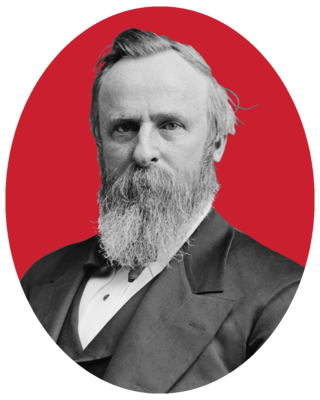
The 1876 Republican National Convention was a presidential nominating convention held at the Exposition Hall in Cincinnati, Ohio on June 14–16, 1876. President Ulysses S. Grant had considered seeking a third term, but with various scandals, a poor economy and heavy Democratic gains in the House of Representatives that led many Republicans to repudiate him, he declined to run. The convention resulted in the nomination of Governor Rutherford B. Hayes of Ohio for president and Representative William A. Wheeler of New York for vice president.

The 1998 Pennsylvania gubernatorial election was held on November 3, 1998. The candidates were incumbent Republican Tom Ridge, Democrat Ivan Itkin, Constitutionalist Peg Luksik and Libertarian Ken Krawchuk. Ridge, a popular moderate, won with 57 percent of the votes cast.

The 1990 Pennsylvania gubernatorial election was held on November 6, 1990. Incumbent Democratic governor Robert P. Casey easily defeated Republican Barbara Hafer. Governor Casey defeated Hafer by a margin of 35.29%, and carried 66 out of 67 Pennsylvania counties.

The 1974 Pennsylvania gubernatorial election was held on November 5. Incumbent Democratic Governor Milton Shapp defeated Republican Drew Lewis. Under the state's 1968 constitution, Shapp was the first governor who was eligible to run for consecutive terms.

The 1860 Pennsylvania gubernatorial was held on October 9, almost one month before Presidential election. Andrew Curtin of the newly formed Republican Party won the governor's mansion over Democrat Henry Donnel Foster.
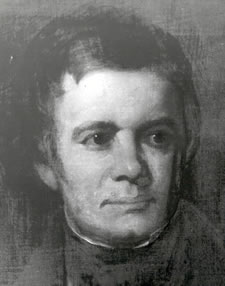
The 1838 Pennsylvania gubernatorial election was a statewide contest for the office of Governor of the Commonwealth of Pennsylvania in the United States.
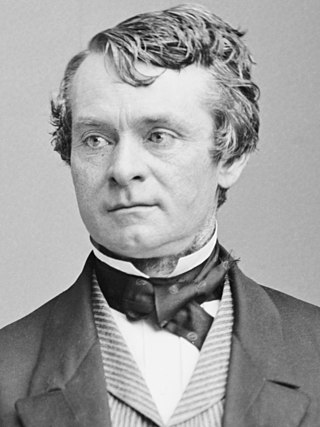
The 1863 Pennsylvania gubernatorial election occurred on October 13, 1863. Incumbent governor Andrew Gregg Curtin, a Republican, was a candidate for re-election. Curtin defeated Democratic candidate George Washington Woodward to win another term.

The 1872 Pennsylvania gubernatorial election occurred on October 8, 1872. Incumbent governor John W. Geary, a Republican, was not a candidate for re-election.

The 1878 Pennsylvania gubernatorial election occurred on November 5, 1878. Incumbent governor John F. Hartranft, a Republican, was not a candidate for re-election.
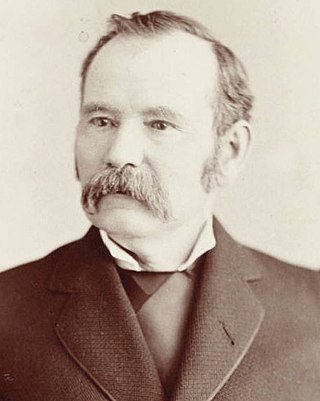
The 1876 Colorado gubernatorial election took place on October 3, 1876, to elect the 1st Governor of Colorado after the state was admitted to the union on August 1, 1876. Republican John Long Routt, last governor of the Colorado Territory, was elected in a close race against Democratic nominee Bela M. Hughes.




















